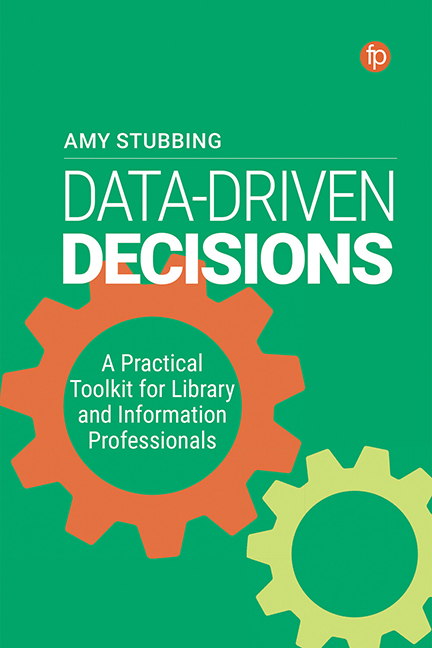Summary
Introduction
In this chapter we go right back to basics about using and understanding data. Our key goal by the end of this chapter is that you will be able to identify why you need data, what data you need, and where you can get that data from. To do this, we explore and learn about:
• data needs and queries (pages 15, 16)
• types of data (page 17)
• identifying data and planning how to use it (pages 17, 18)
• sources of data (page 19).
Data needs
Finding out your data need is a key part of learning how to use and understand data, and to progressing with this model. Essentially, it's really important, so read the next bit carefully.
Before we start looking at what types of data there are and how to choose what to explore, we need first to think about what we actually want the data for. One of the biggest crimes you can commit in data-driven decision making is to collect data with no purpose nor plan about how you can use it. To avoid said crime, always start your data-driven decision planning by identifying your data need.
What is a data need?
In the context of this book and model, a data need is simply what you are trying to achieve or do that requires data. More than anything, identifying your data needs is about being able to gain understanding so that you can then do something. One way of pinning down your data need is to answer the question ‘Why do you need this data?’.
Identifying your data needs
Thinking about what you want to achieve can be difficult, particularly when you have not thought much about using data for service development in the past. There are, however, a few things you can do to start planning and identifying what you need to find out.
One of the easiest ways to start yourself off with identifying a data need is to think about what areas you know could do with improvement. Try to think of a specific one to look at that is relatively top level and based on a specific problem or thing you want to achieve.
- Type
- Chapter
- Information
- Data-Driven DecisionsA Practical Toolkit for Librarians and Information Professionals, pp. 15 - 22Publisher: FacetPrint publication year: 2022



